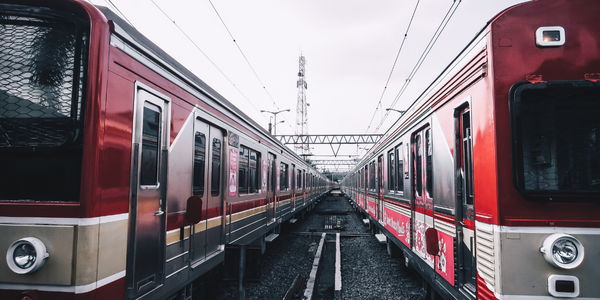Customer Company Size
Large Corporate
Region
- Europe
Country
- Germany
Product
- GENESIS32™ Enterprise edition
- ICONICS AlarmWorX™32
- TrendWorX™32
- GraphWorX™32
Tech Stack
- Windows 2000
- Microsoft SQL Server
- Phoenix Interbus OPC server
Implementation Scale
- Enterprise-wide Deployment
Impact Metrics
- Productivity Improvements
- Cost Savings
Technology Category
- Application Infrastructure & Middleware - API Integration & Management
Applicable Industries
- Railway & Metro
Applicable Functions
- Maintenance
- Logistics & Transportation
Use Cases
- Predictive Maintenance
- Fleet Management
Services
- System Integration
- Software Design & Engineering Services
About The Customer
Deutsche Bahn AG is a German railway company that carries more than 1.8 billion passengers per year throughout Germany and neighboring countries. The company is also responsible for moving 78 billion tons of freight annually. All service and rail stations are maintained by DB Stations & Services, while DN Netz provides the track infrastructure. The company is owned by the German government and is one of Europe’s largest transportation providers. Deutsche Bahn operates a variety of trains, including the modern bullet train, and requires a sophisticated washing system that can accommodate any type and shape of train. The company also faces the challenge of washing electric trains, which requires the use of non-conductive water to ensure safety.
The Challenge
Deutsche Bahn AG, one of Europe’s largest transportation providers, operates railways that carry more than 1.8 billion passengers per year throughout Germany and neighboring countries. The company also moves 78 billion tons of freight annually. All service and rail stations are maintained by DB Stations & Services, while DN Netz provides the track infrastructure. The company faced the challenge of efficiently washing different types and shapes of trains, including the modern bullet train. The washing system needed to accommodate any train and ensure every part of the train is washed. Another challenge was that all trains are electric power and, under most circumstances, water and electricity do not mix. Since all trains need to enter and exit the washer under their own power, the water used in the washing application needed to be treated so it would not be conductive.
The Solution
Deutsche Bahn deployed GENESIS32™ Enterprise edition for the train washing at the most state-of-the-art train washing applications in the world. Alarms are handled by the ICONICS AlarmWorX™32 application, allowing users to acknowledge alarms from anywhere in the systems. TrendWorX™32 is used for all trending and can give the users up-to-date information, which includes both real-time and historical data. GraphWorX™32, the graphical design and runtime environment for GENESIS32, plays an important role in this application. From GraphWorX32, all monitoring and control for the train washing is handled with rich 3D graphics. The GENESIS32 system provides a “learning mode” to allow the system to make the necessary brush and sprayer adjustments. Train specifications are loaded into the GENESIS32 system and operators can use the animation feature in GraphWorX32 to trace the path the train will take through the washer. The operator can adjust the brushes and sprayers from GraphWorX32 and have this information stored for future use. When the train returns to the washer, the parameters captured during the learning mode are downloaded to the PLCs to properly adjust the sprayers and brushes.
Operational Impact

Case Study missing?
Start adding your own!
Register with your work email and create a new case study profile for your business.
Related Case Studies.
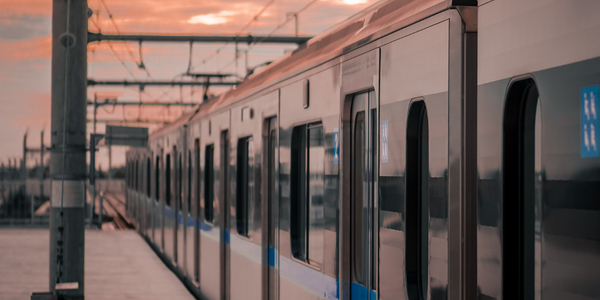
Case Study
Building Smart IoT-Connected Railways
• Difficult environment. Communications equipment on trains must function properly in harsh conditions, such as environment temperatures ranging from -25°C to +85°C, according to the EU standard EN50155.• Railway regulations. All products in a train must adhere to strict standards, relating to working vibration, power consumption, and lifetime.• Lengthy process. Time to market in the railway industry can take years from concept to mass production, so product design requires a solid long term vision.
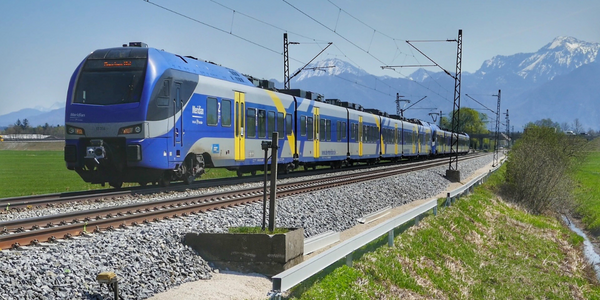
Case Study
Connected Transportation: A Smarter Brain for Your Train with Intel
A modern locomotive, for example, has as many as 200 sensors generating more than a billion data points per second. Vibration sensors surround critical components, video cameras scan the track and cab, while other sensors monitor RPM, power, temperature, the fuel mix, exhaust characteristics, and more.Most of today’s locomotives lack sufficient on-board processing power to make full use of all this data. To make matters worse, the data from different subsystems, such as the brakes, fuel system, and engine, remain separate, stored in isolated “boxes” that prevent unified analysis. The data is available, but the technology needed to process it in the most effective manner is not. As new sensors are added to the machine, the problem escalates.
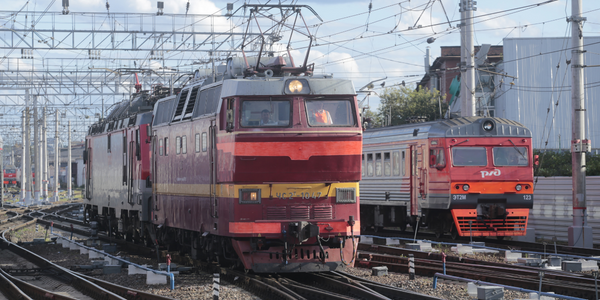
Case Study
Using LonWorks to Keep Acela Trains Zip Along
Canadian transportation company, Bombardier was tasked with building a bullet train system on rails that were designed for lower speed trains. In addition, they had to ensure safe and optimal operation at high speeds, maximize train uptime and enhance communication with passengers.
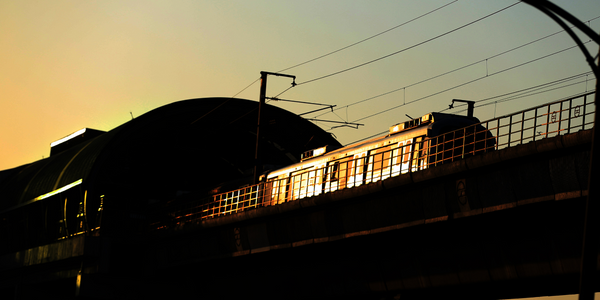
Case Study
Delhi NCR Metro: A Mobile App Revolutionizing Public Transportation
The Delhi NCR Metro, a major public transportation system in India, was facing a challenge in providing accurate and comprehensive information to its daily commuters and tourists. The lack of a centralized platform for information about metro station details, train schedules, fare details, parking, elevators, and tourist locations was causing inconvenience to the users. The challenge was to develop a mobile app that could provide all this information accurately and conveniently. The app needed to be equipped with GPS services to help users find the nearest metro and renowned locations. An interactive map was also required to assist travelers who were familiar with the metro lines. The goal was to provide maximum information with minimum input.
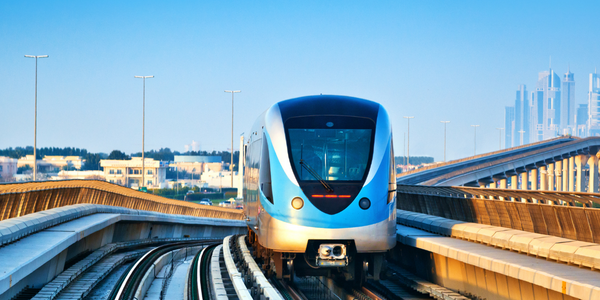
Case Study
Automated Railcar Inspections Increase Security and Revenue
Providing industry and government customers with intelligent inspection, automation, safety, and security solutions, Duos Technologies Group, Inc. (“Duos” or the “Company” - Nasdaq: DUOT) continually pushes the boundaries of IT. To keep pace with expanding AI-enabled data capture analytics for its edge railcar inspections, the company chose the latest Dell EMC PowerEdge servers.Duos Technologies’ challenge was finding a way to leverage technology as a force multiplier to meet customer requirements for a better, faster inspection process for trains running at full speed. Duos developed innovative data analytic solutions with AI at the edge to conduct more reliable railcar inspections, which are available 24/7/365 in all climates and conditions.






